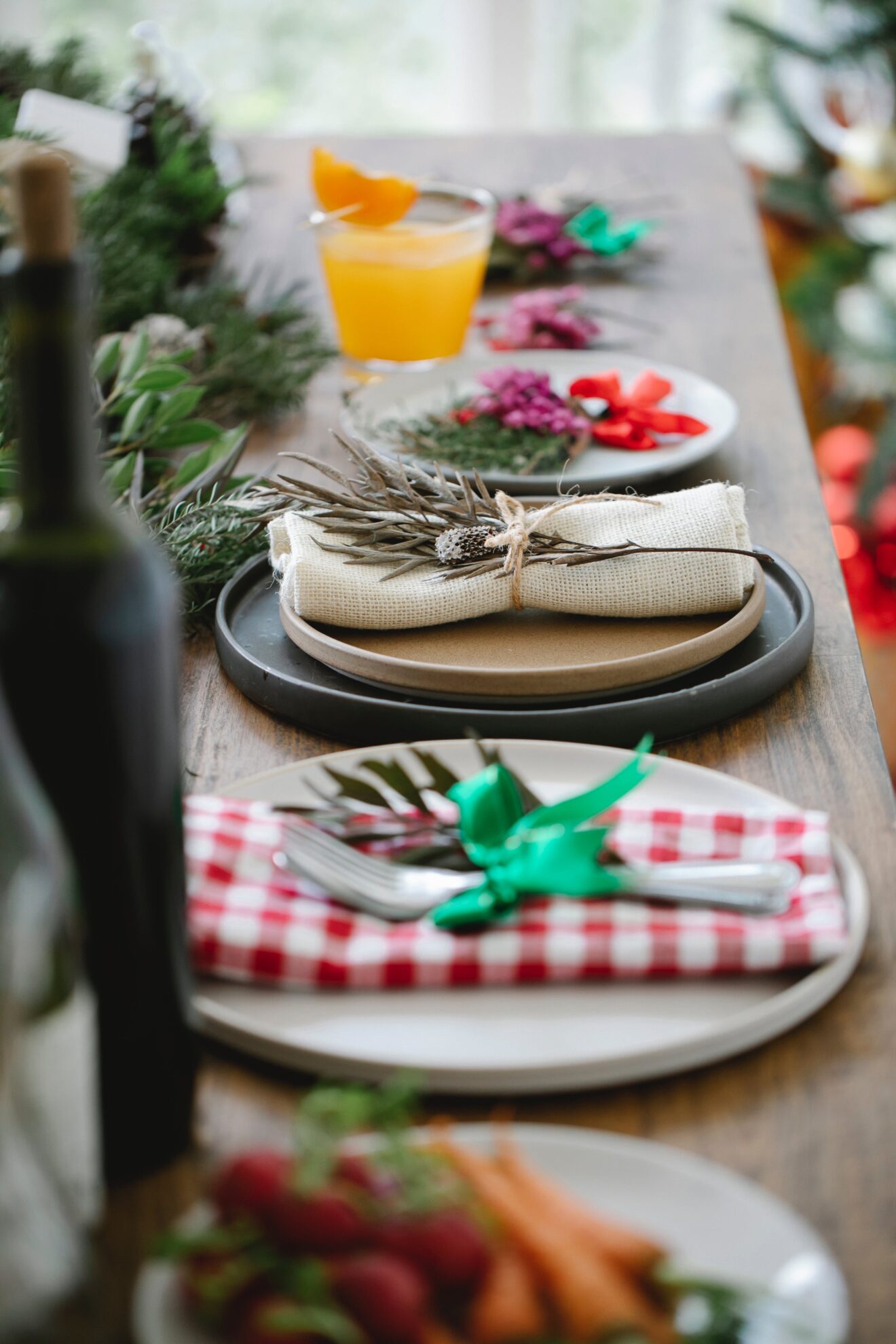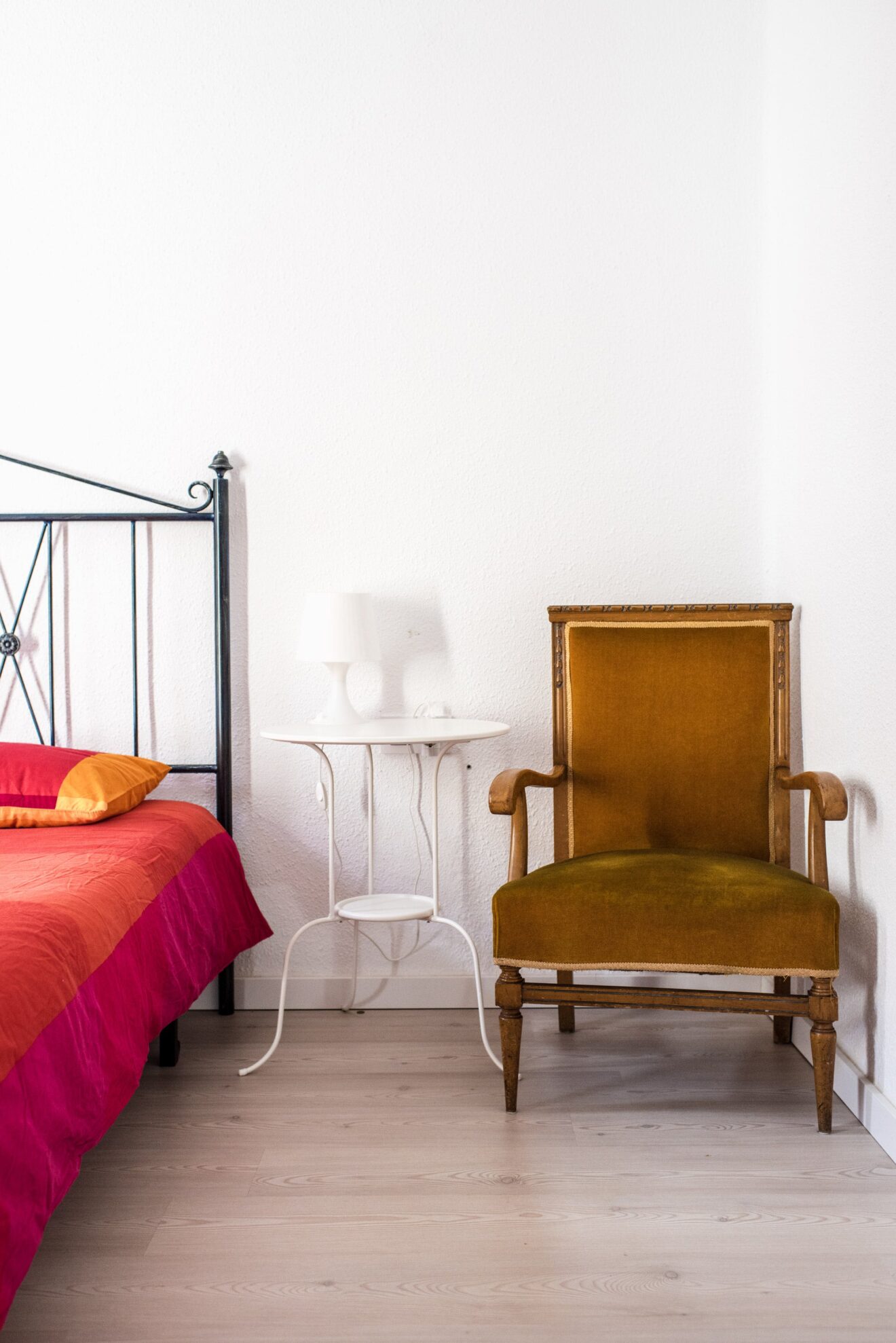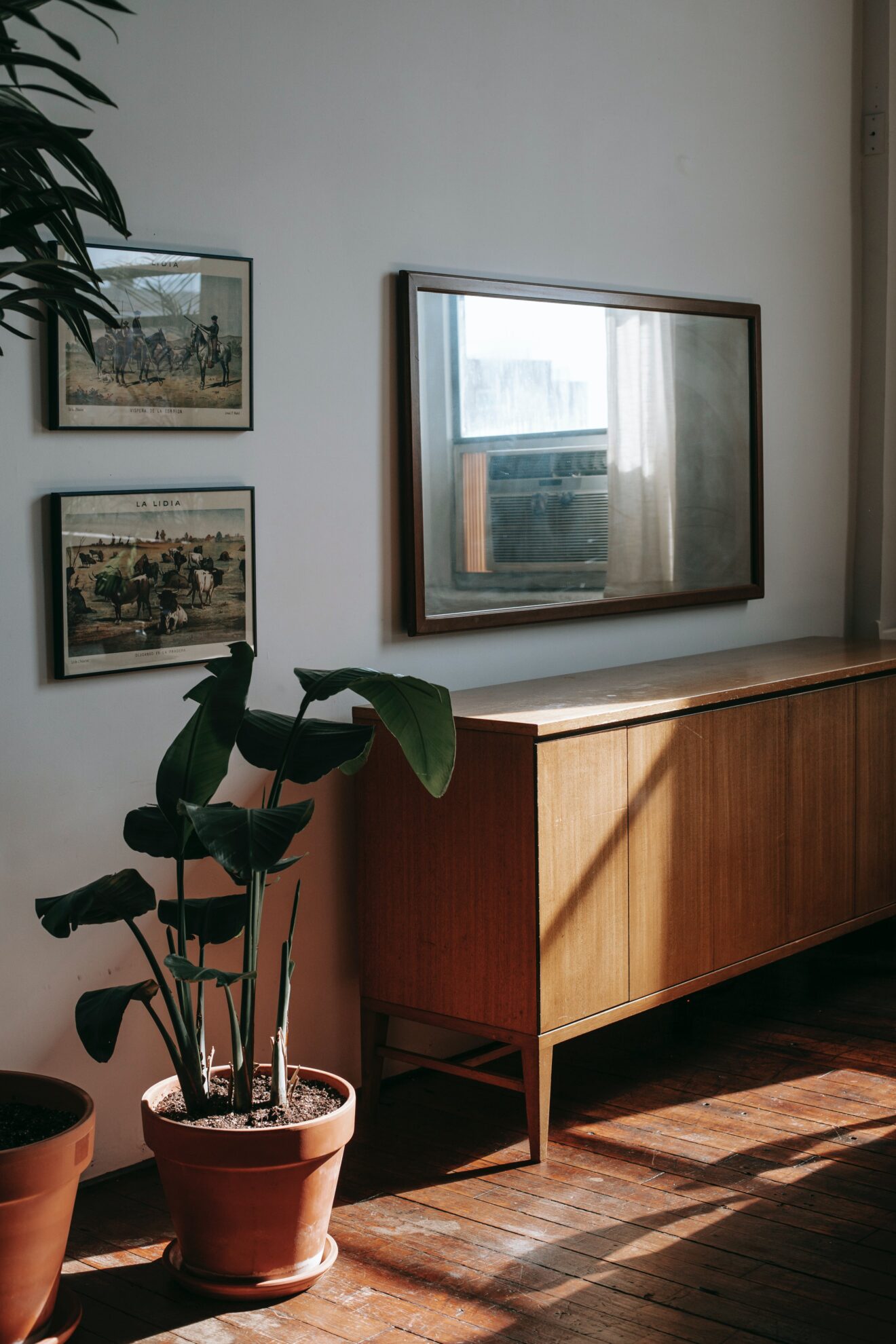Are you tired of looking at the same old decor in your home? Are you ready to switch things up and give your space a fresh, new look? Look no further than seasonal decor! By incorporating seasonal elements into your home, you can transform it throughout the year and give it a new feel every few months. In this blog, we will provide you with seasonal decor inspiration and tips for each time of the year to keep your home feeling fresh and exciting all year round.
Spring: Spring is the perfect time to bring new life into your home after the long winter months. Embrace the bright and cheerful colors of springtime by adding floral arrangements, pastel-colored throw pillows, and light, airy curtains. You could also bring in natural elements such as fresh flowers, potted plants, and rustic wooden decor to create a cozy and inviting atmosphere.
Summer: When it comes to summer decor, think light, bright, and breezy. Switch out heavy drapes for sheer curtains to let in natural light and breeze. Add pops of color with bright-colored throw pillows and outdoor-inspired decor, such as seashells or starfish. Create an outdoor oasis by turning your balcony, patio, or backyard into a sanctuary for relaxing and entertaining.
Fall: Embrace the cozy vibes of fall by incorporating warm, autumnal colors such as burnt orange, deep red, and golden yellow. Add cozy throws and plush rugs to create a warm and inviting atmosphere. Use fall leaves as inspiration for your decor by incorporating wall art, table centerpieces, and accessories such as vases and candles. Don’t forget to incorporate pumpkin and apple scents into your home with candles and diffusers.
Winter: Create a cozy winter wonderland in your home by incorporating warm textures such as faux fur blankets and cozy area rugs. Use a neutral color palette with pops of silver and white to create a winter-themed atmosphere. Add soft lighting with candles and twinkle lights to create a relaxing and cozy feeling throughout your home. Incorporate seasonal greenery and wreaths to bring in an element of nature and freshness.
By incorporating seasonal decor into your home, you can transform it throughout the year and keep it feeling fresh and exciting. With the tips and inspiration we’ve provided, you can easily switch up your decor every few months and enjoy a new look and feel in your space. So, go ahead and give it a try – transform your home throughout the year with seasonal decor!
Living in a small space can be challenging, but it doesn’t mean you can’t make it beautiful and functional! Whether you live in a tiny apartment, a compact house, or have a limited budget, there are plenty of ways to maximize your space and make it work for you. In this blog post, we will share some tips and tricks for decorating and organizing small living spaces that will help you create a cozy and functional home that you love.
Use Multifunctional Furniture
When you live in a small space, every inch counts. That’s why it’s essential to choose furniture that serves multiple purposes. Invest in a storage ottoman that can double as a coffee table, a sofa bed for guests, or a dining table that can extend or fold down when not in use. These pieces will help you save space without sacrificing style or comfort.
Go Vertical
Another way to maximize space in small homes is to think vertically. Use wall-mounted shelves, pegboards, or floating cabinets to create additional storage space. You can also install ceiling-mounted racks for hanging pots and pans or bicycles, or high-mounted cabinets for storing seasonal items.
Declutter and Organize
It’s challenging to keep a small space organized, so it’s crucial to eliminate clutter regularly and keep things tidy. Invest in storage solutions like baskets, closet organizers, or under-the-bed containers. Use drawer dividers to keep small items organized, and labels to keep everything easy to find. Finally, keep a “one in, one out” rule, so you don’t accumulate unnecessary items.
Use Mirrors and Lighting
Mirrors can make a small space feel more significant. They reflect light and add depth to the room. Use large mirrors or hang several smaller ones to create the illusion of a larger space. In addition, use lighting to your advantage. Natural light is essential, so keep windows unobstructed. Add ambient lighting like floor lamps, table lamps, or sconces to create a cozy atmosphere.
Add Pops of Color and Personality
Finally, don’t forget to add personality and color to your small space. Use accent walls, bold patterns, or colorful decor to liven up your space. Use plants or artwork to create focal points and add texture and warmth to your home. Personalize your space and make it a reflection of who you are.
Living in a small space doesn’t have to be a challenge. With the right mindset and some creativity, you can make it beautiful and functional. Use multifunctional furniture, go vertical, declutter and organize, use mirrors and lighting to your advantage, and add pops of color and personality to create a cozy and welcoming home. Remember, it’s not about how much space you have, but how well you use it!
The colors that we use to decorate our homes are more than just mere aesthetics. They have a powerful impact on our mood, behavior, and even our overall well-being. Choosing the right colors for each room of our home is crucial in creating an environment that promotes relaxation, calmness, and creativity. So, in this blog post, we’ll explore the fascinating world of color psychology and learn how to use it effectively in our home decor.
The power of colors in promoting mood
Colors have the ability to affect our emotions in different ways. For example, warm colors such as red, yellow, and orange can create a cozy and inviting atmosphere, while cool colors like blue, purple, and green can promote calmness and relaxation. Choosing the right colors for each room can create an environment that promotes the desired mood, whether it’s a lively and active space or a serene and peaceful one.
Using colors to define the function of a room
Colors can also help define the function of each room in our home. For example, a vibrant red accent wall in the kitchen can stimulate appetite and promote socialization, while a calming blue color in the bedroom can promote restful sleep. Choosing the right colors for each area of our home can help us create a cohesive and functional space that suits our needs.
Balancing colors in home decor
While color psychology can be used to create a mood and define the function of a room, it’s also important to balance colors in home decor. Too much of one color can be overstimulating, while too little can create a bland and uninspiring space. Using a variety of colors and shades in a balanced way can create a visually appealing and harmonious environment.
Color trends in home decor
Color trends in home decor change over time, reflecting the current social and cultural trends. For example, in recent years, we have seen a rise in the popularity of muted pastel colors, reflecting our desire for simplicity and minimalism. However, it’s important to remember that trends are just that – temporary. Choosing colors that we personally love and that make us feel comfortable and happy is always the best choice.
Experimenting with colors in home decor
Finally, don’t be afraid to experiment with colors in home decor. Adding a pop of color through accent pieces or a bright statement wall can transform a space and create a unique and personalized environment. Remember, home decor is an expression of our personality and tastes, and we should always choose colors that make us feel happy and comfortable.
Color psychology in home decor is a fascinating topic that takes into account the impact of colors on our mood and behavior. By using colors effectively in our home decor, we can create an environment that promotes relaxation, calmness, and creativity. Balancing colors in a cohesive way also helps create a visually appealing and harmonious space. Trends in home decor come and go, but our own personal tastes should always guide our choices. Finally, experimenting with colors can create a unique and personalized space that reflects our personality and style. So go ahead, choose colors that make you happy, and create the home of your dreams!
Welcome to our blog! Have you ever walked into someone’s home and felt immediately at ease and comfortable? Have you ever wondered how on earth their home could give off such a feeling? The answer is simple: Feng Shui. Feng Shui is an ancient Chinese practice that promotes balance, harmony, and positive energy flow in the environment. Today, we’re here to share with you the art of Feng Shui and how you can incorporate it into your home decor to create a peaceful and harmonious space that feels like a true sanctuary.
Begin with a Clean Slate
The first step towards incorporating Feng Shui into your home decor is to declutter and clean your space. A cluttered and messy room can hinder positive energy flow, making it a less-than-ideal environment. Begin with a deep clean and remove anything that isn’t necessary or no longer brings you joy. The decluttering process can be daunting, but take it one step at a time and appreciate the feeling of lightness it brings you.
The Bagua Map
The Bagua Map is a Feng Shui tool that helps you identify the energy centers in your living space. Bagua Map is a nine-square grid which is aligned with the compass points. Each segment of the Bagua Map represents a different area of life: love, career, wealth, etc. By aligning the furniture and decor in each area of your home with the corresponding Bagua Map section, you can begin to create a harmonious atmosphere.
Choosing the Right Colors
Colors play a crucial role in Feng Shui. Each color is related to one of the five elements-water, fire, wood, earth, and metal. For example, blue and black attract water energy that brings calmness, while green and brown attract wood energy. You can incorporate these hues in textiles, artwork, and accessories throughout your home to balance the energy in each space.
The Power of Plants
Incorporating plants into your living space can add a breath of fresh air and life to your decor. Plants represent growth, nourishment, and new beginnings and have a calming effect that promotes healing. Bamboo, snake plant, spider plant and money tree are some of the best plants to add in your home according to the Feng Shui principles.
Light it Up
Proper lighting is key to any Feng Shui-inspired home. Natural light is the all-time preferred choice of lighting for Feng Shui. If your home doesn’t have a lot of natural light, supplement it with full-spectrum light bulbs. A variety of light sources, such as table lamps, floor lamps, and sconces, should be incorporated to elevate the energy in your space.
As you can see, there are many ways to incorporate the art of Feng Shui into your home decor. Implementing these principles can promote peace, harmony, and positive energy flow in your living space. By beginning with a clean slate and using the Bagua Map, choosing the right colors, incorporating plants, and proper lighting, you can create an atmosphere that is both visually stunning and spiritually satisfying. Start creating a harmonious environment today and take the first step towards a more peaceful life.
There’s something so inviting about the cozy, rustic atmosphere of farmhouse style decor. If you’re looking to create a warm and comfortable environment in your home, embracing this charming design trend may be just the ticket. From the distinctive color palette to the use of natural materials, there are so many elements of farmhouse decor to explore. In this post, we’ll dive deep into the world of rustic charm and share some tips on how to incorporate this trend into your own home.
Natural Materials – One of the hallmarks of farmhouse style is the use of natural materials. This includes wood, stone, and other organic materials that can create a warm and inviting atmosphere. If you’re looking to incorporate this element into your decor, consider using wood or stone flooring, wooden beams or furniture, and natural stone countertops. You can also bring in elements of nature, such as fresh flowers, plants, and greenery.
Neutral Palette – Farmhouse style decor relies on a neutral, muted color palette. This includes earth tones like beige, brown, and gray, as well as white, cream, and off-white colors. You can use these shades to decorate your walls, floors, and furniture, and add pops of color with accents like throw pillows, blankets, and decorative objects.
Vintage Finds – A key element of farmhouse style decor is incorporating vintage finds into your home. Whether it’s an old painted sign, an antique piece of furniture, or a retro appliance, these items can add personality and character to your space. Look for charming vintage finds at flea markets, antique shops, and garage sales.
Textures – In addition to the natural materials used in farmhouse style, texture is another important element to add interest and depth. Think cozy rugs, soft throws, and natural fabrics like linen or cotton. Textures can add tactile appeal to your decor and make a space feel more lived-in and welcoming.
Functional Decor – Lastly, farmhouse style embraces functional decor. This includes things like open shelving, rustic baskets for storage, and utilitarian objects like a large chalkboard for writing down notes and reminders. These functional decorations help to create a sense of simplicity and purpose in your home.
Embracing farmhouse style decor can be a rewarding and fulfilling way to create a warm, comfortable atmosphere in your home. By using natural materials, a neutral palette, vintage finds, textures, and functional decor, you can create a cozy and inviting space to relax in. Whether you decide to go full-on farmhouse or simply incorporate some of these elements in your existing decor, it’s a trend that’s here to stay. Embrace your inner farmer and start decorating!





